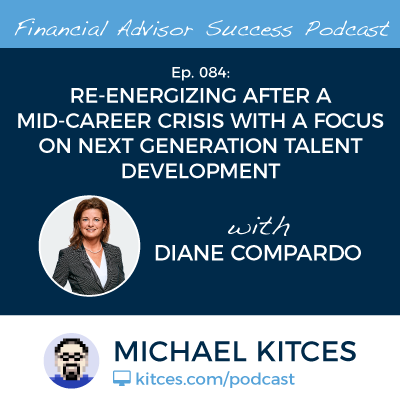Enjoy the current installment of "weekend reading for financial planners" – this week's edition kicks off with the news that the IRS has issued new regulations to provide additional guidance on the Section 199A "pass-through business deduction", with a particular focus on cracking down on professional services firms (which includes financial advisory firms) to prevent them from abusing potential "loopholes", like cracking up their businesses into pieces that might have been eligible for the deduction.
Also in the news this week is a discussion that RIA custodians are considering whether to adopt a new pricing model of offering custody services for a basis point charge, rather than just trying to make money on the underlying products that clients implement... in what would be a very positive realignment of the costs that advisors and their clients pay with the value that custodians provide, but could be challenging to transition to the currently-less-transparent "free" model of custody for advisors.
From there, we have several retirement-related articles this week, including research on the kinds of words and images that consumers use to describe retirement (which importantly but not surprisingly varies depending on their own demographics and background), tips to prevent loneliness in retirement for new retirees who often unwittingly become very socially isolated, why more and more retirees are looking for "phased retirement" approaches that blend part-time work with retirement, and the real-world difficulties that many older workers are facing in actually finding meaningful part-time work in retirement.
We also have a few practice management articles, from a fascinating study about what next generation advisors really want in a financial planning job (with 78% wanting to do comprehensive financial planning, but only 2% showing interest in sales and marketing!), how to speed up training for next generation advisors by becoming a more effective mentor, and the rising demand of next generation advisors for family leave policies given that more and more are launching their financial planning careers while also starting a family.
We wrap up with three interesting articles, all around the value of reading itself to advance our knowledge and skills: the first explores the physiology of the brain and how reading literally helps the brain form new connections that can improve our fluid intelligence and ability to spot important patterns; the second looks at the important balance between both book knowledge and real-world knowledge (as book knowledge alone misses real-world applications, but real-world knowledge alone misses important patterns and opportunities that aren't necessarily intuitive); and the last is a series of four "summer reading" book suggestions on the leading industry books that are most relevant to financial advisors today.
Enjoy the "light" reading!










